While very different stones, it can be hard for the casual gem enthusiast to tell apart tanzanite and amethyst. It’s a good difference to know, and in the long run it’s a good idea to just learn as much about gems as possible.
So, let’s take a look at amethyst versus tanzanite, and then we’ll cover some cool facts about both!
What is Amethyst?
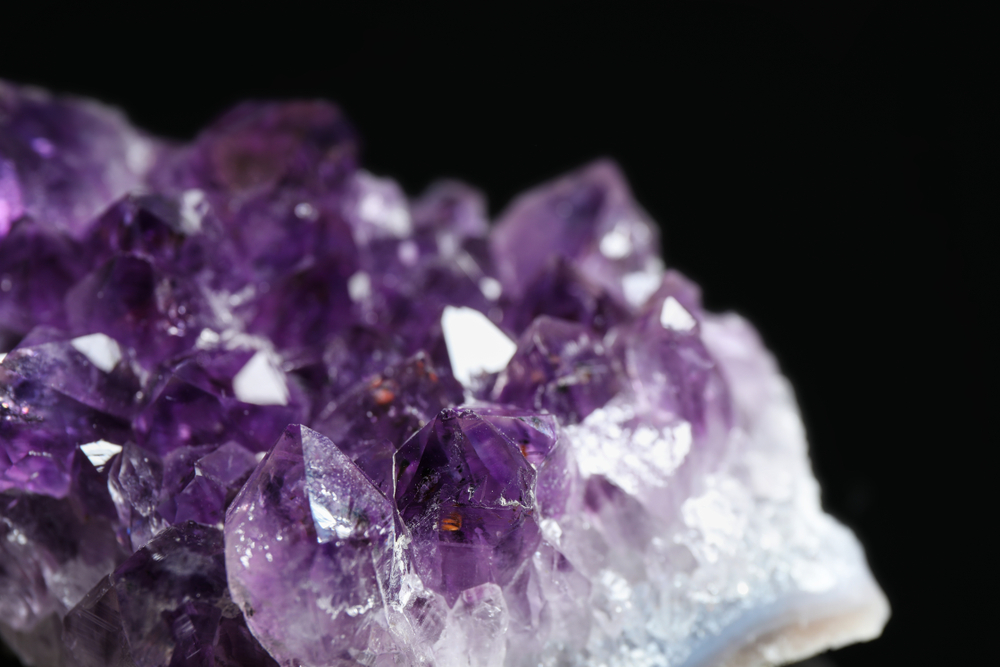
Amethyst is a purple variety of macrocrystalline silica, also known as quartz. It comes in shades ranging from a pale pink-purple to deep purples associated with the Urals in Siberia. While it was once one of the classic precious stones, massive deposits were discovered in the Americas which pushed it into the semiprecious designation.
Amethyst is a relatively pure quartz in many cases. The difference is that iron has replaced silicon in many places in the crystal lattice. When combined with moderate heat during formation, it ends up with a purple color. Amethyst is almost identical to citrine in composition, citrine just reached a higher temperature when it was still underground.
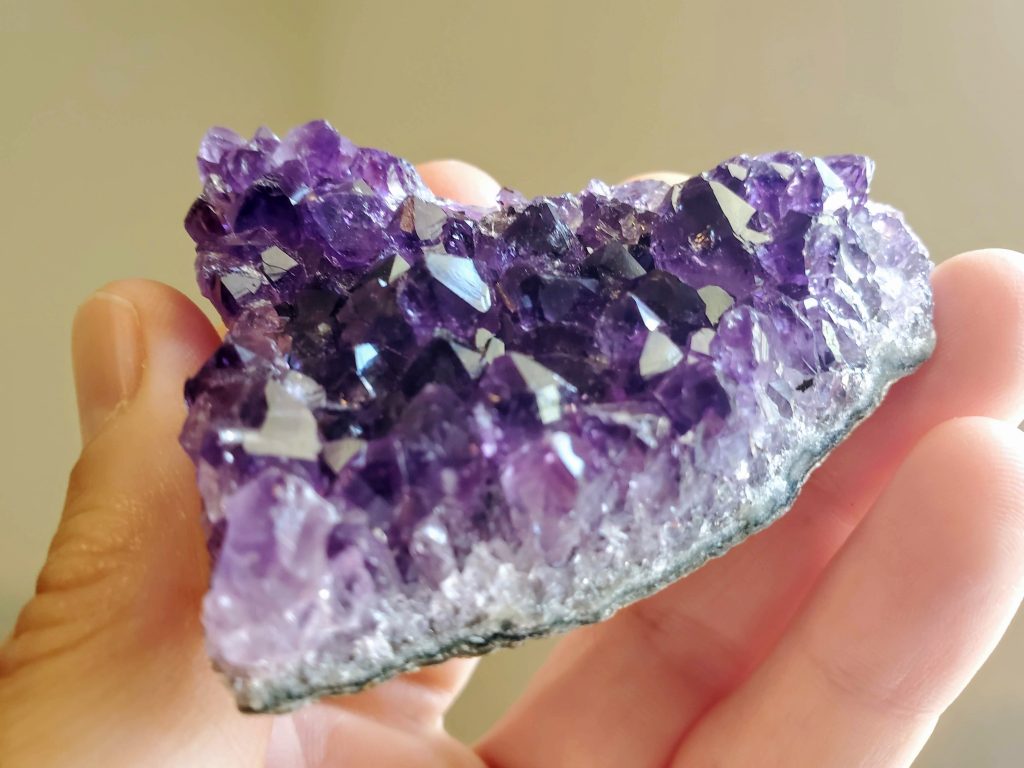
Amethyst is a fairly hard stone, coming in with a Moh’s hardness of 7.0. Quartz is actually the defining mineral in this sliding scale of hardness. This makes it suitable for jewelry from rings to bracelets, although it’s not as hardy as things from the beryl family (ie: emerald, morganite) or corundum (ie: sapphire, ruby). Amethyst is sometimes a tricky stone to set since it can fracture relatively easily compared to tougher minerals.
Amethyst is found in geodes, clusters, and points depending on the region from which it hails. It’s often found alongside other quartz varieties like smoky quartz and clear quartz.
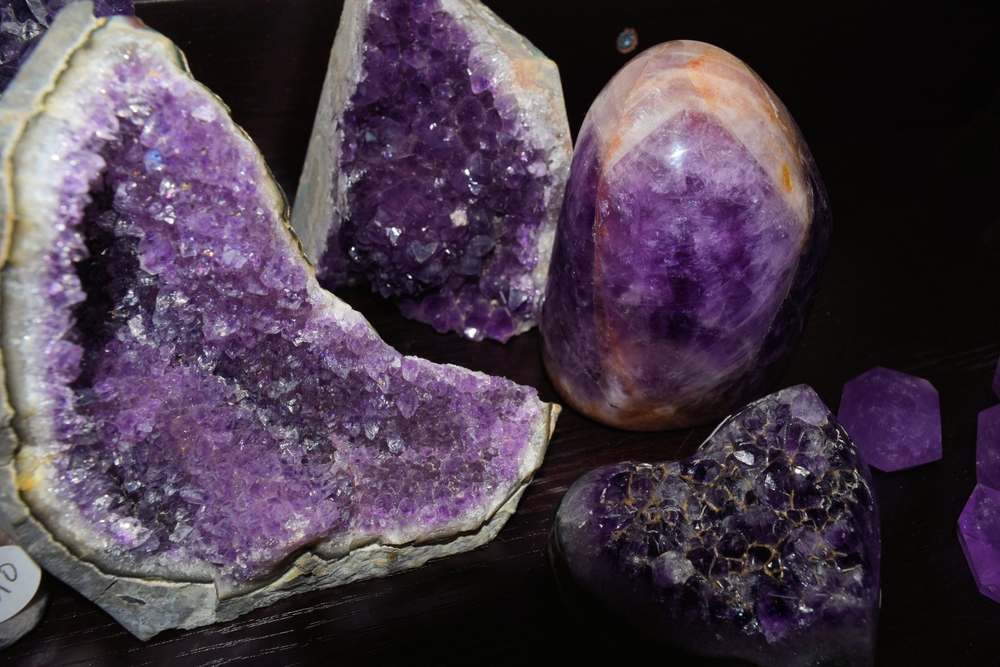
Amethyst has an insane range of prices. Cheaper stones from Brazil, generally cut overseas, can be only a few cents per carat. On the other hand, material that comes out of the Urals can easily fetch upwards of $120 per carat.
Specimens of amethyst are beautiful and relatively cheap. In particular, those searching for larger samples should look to the basalt fields of Brazil, where the material naturally occurs in vast amounts. They’re available pretty much everywhere that you can find rocks for sale.
What is Tanzanite?
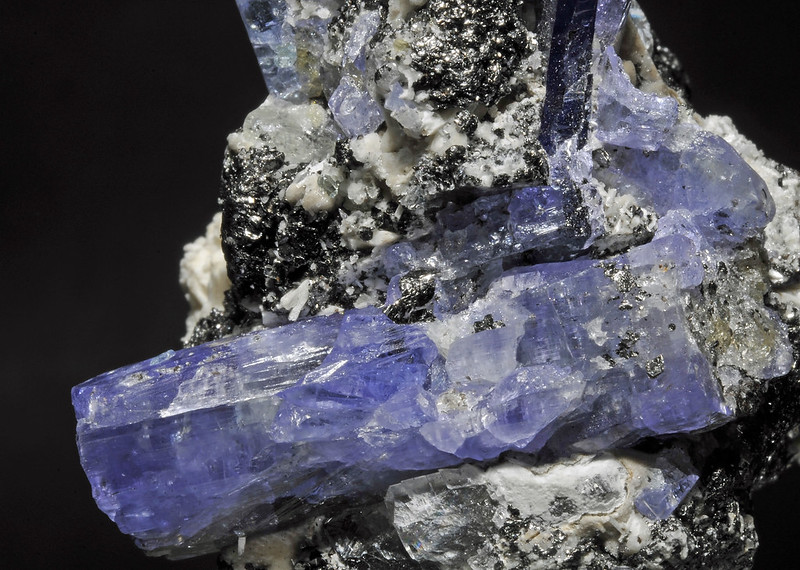
Tanzanite is a specific variant of the mineral ziosite. It belongs to the epidote group of minerals, and it’s classified as a calcium aluminium hydroxyl sorosilicate. This odd variant only shows up in one, very small place in the world. Specifically, tanzanite hails from the Manyara Region of Tanzania. The mineral is obviously named for it’s national locality. This same district is also where the first tsavorite garnets were found.
Tanzanite is a strange gemstone by any measure. It’s generally found as a brown crystal with blue and purple undertones. It’s one of the best examples of trichroism, meaning that it shows three different colors depending on how light enters the crystal. It’s famous for being a deep blue-purple in color, however.
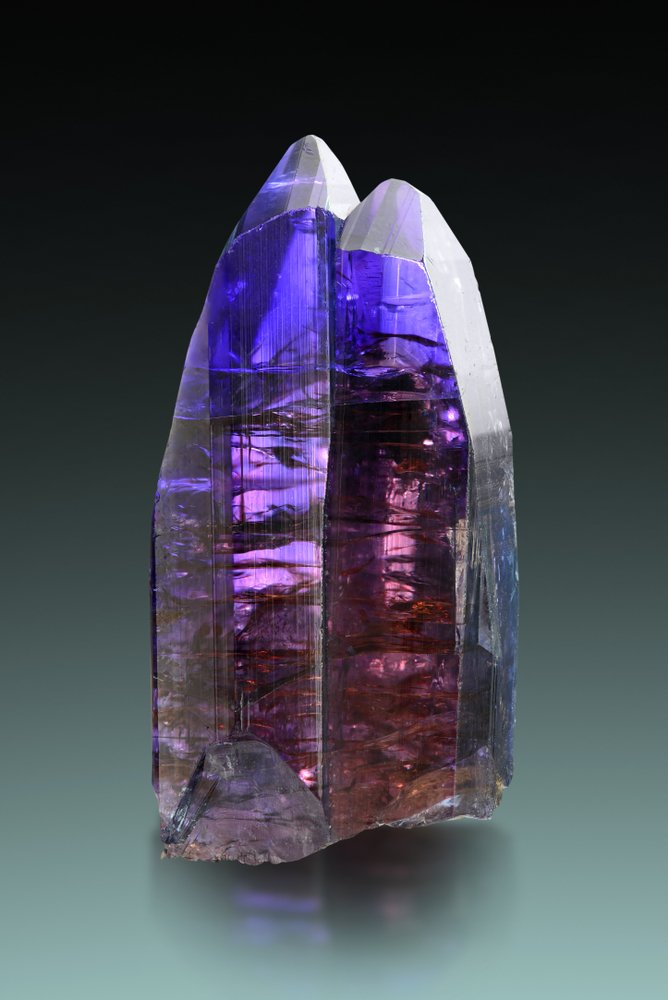
This is due to heat treatment. Tanzanite is universally heat treated, although some gem-grade material was found near the surface which spurred the interest in the first place. This is thought to be due to a local event, probably a large wildfire. Tanzanite is always assumed to be heat-treated, and gemologists say there’s no way to tell if a kiln or natural heat source caused the color change.
Tanzania made some very good choices around this gemstone, including nationalizing the mines soon after it was found. It’s currently illegal to export any piece of rough tanzanite which weighs over 5 carats (1 gram), which has kept the gem industry largely a local affair. In many cases, this hasn’t been done by African nations which has resulted in large amounts of exports to Jaipur, where the stones are cut and the added value never makes it back to the host country.
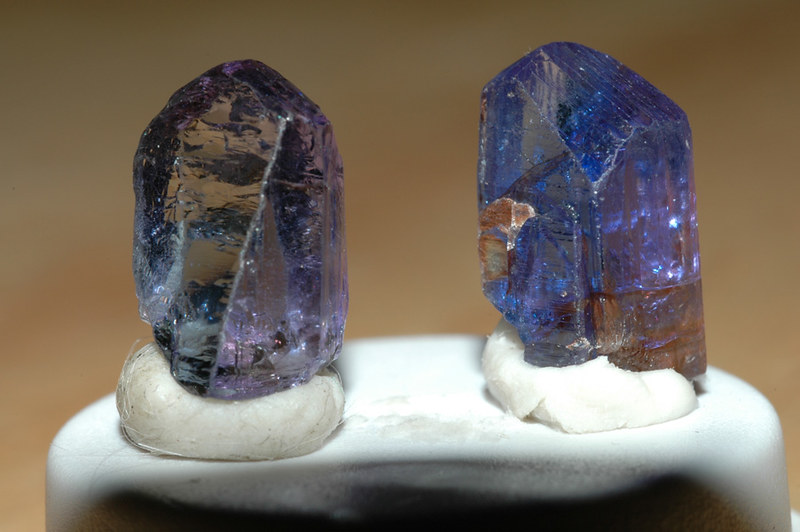
This nationalziation and some slick deals with large miners has led to tanzanite making up more than 7% of the nation’s GDP. Cut tanzanite are relatively expensive, generally starting at about $60 per carat and going upward from there depending on the stone’s grade.
Tanzanite sits at a 6.5 on the Moh’s scale, making it a bit softer than quartz. Despite this, the rich beauty of the stone has led to it being used in all forms of jewelry. Rings and bracelets bearing tanzanite should be treated carefully due to the softer nature of the stone, but they remain a favorite.
How Are They Similar?
Superficially, both stones can bear a blue-violet color. There’s very little overlap here, however, as amethyst generally has red or pink undertones instead of blue ones and “good” tanzanite is generally light blue to almost sapphire blue in coloration.
Both stones also fall into the silicate class of minerals, although the structure of tanzanite is much more complex.
Tanzanite and amethyst also share in common pleochroism, or having multiple colors depending on the angle. However, most amethyst is dichroic and only bears two colors while one of the defining features of tanzanite is trichroism.
Lastly, both are often heat treated. However, heat treated amethyst results in citrine (this makes up the bulk of the commercially available citrine) while tanzanite is heated as a general rule in order to create it’s distinctive blue-purple coloration.
Both gemstones are also generally free of inclusions and you’ll receive a deep discount if the faceted stone in question doesn’t qualify as eye-clean.
How Are They Different?
These stones bear rather different colorations, especially when we talk about those with higher grades of color. The best tanzanite is almost the color of sapphire while bearing distinctive trichroism, while the most desirable grades of amethyst are grape juice purple and bear red undertones.
The structures of these minerals are very different. The silica which makes up amethyst is a very simple molecule which arranges into a simple structure, while tanzanite is much more complex and bears many different elements.
While both of these gems form prisms, amethyst has the distinctive hexagonal shape associated with quartz and tanzanite tends to form into a four-sided rectangular prism. The latter also tends to be more heavily striated than amethyst.
Tanzanite is also softer than amethyst, although it appears to be a slightly tougher mineral overall when it comes time to set.
In the end, these are very different stones and spending some time to acquaint yourself with your colors is often enough to differentiate them. Tanzanite is far easier to confuse with iolite or sapphire than amethyst.
Amethyst vs Tanzanite FAQ
Q: Is there fake tanzanite?
A: Like any high value, rare gemstone there are a lot of fakes bouncing around. If a deal looks to good to be true… it is. A calcite dichroscope will catch most fakes, since they tend to be made of nonpleochroic substances like cubic zirconia or synthetic yttrium aluminum garnet. Forsterite is sometimes passed off as tanzanite and is a bit harder to detect, but through a loupe it will show bifringence (doubling up) of the pavilion facets when viewed through the crown.
Q: Are there any other treatments used on tanzanite?
A: Some unscrupulous dealers will sell stones coated with cobalt. This deepens the color of the tanzanite but has a tendency to wear off with time, revealing the stone to be lower grade. This can be detected using a gemological microscope, and even with a loupe. The latter will likely be difficult for the amateur, however.
Q: What is the most desirable amethyst color?
A: The best amethyst is considered to be that from the Ural Mountains. It’s a deep purple while maintaining good clarity and will display red undertones as it twinkles under the light.
Q: Can I buy tanzanite rough?
A: Currently, the Tanzanian government only allows for the sale of very small pieces of tanzanite crystals outside of the country. Some rough exists from before the 2010 law, but it’s vanishingly rare and the price is generally comparable to cut stones per carat. Much of the “tanzanite” rough sold is actually iolite, which is slightly harder but has a similar coloration. Hardness testing is the easiest way to find out, tanzanite won’t scratch a piece of quartz but iolite generally will.
Q: How do these stones fare in jewelry?
A: 7 is considered the bare minimum for daily wear. I often wear an amethyst ring, but it comes off any time I’m working with my hands to avoid scratches. Tanzanite is even softer. Both are best reserved for special occasions as hand jewelry, but perfectly suitable for extended wear in necklaces and earrings.
Q: Can I clean tanzanite or amethyst with soapy water?
A: Absolutely. As silicate minerals, both tanzanite and amethyst are easily cleaned with water without any issues. If you have exceptionally hard tap water, however, you need to dry it thoroughly or use distilled water to avoid calcium deposits affecting the stone’s clarity.
Q: What causes the blue-purple color of tanzanite?
A: The coloring agent of tanzanite is actually vanadium. This rare mineral is also what causes the color change when tanzanite is heated. The scarcity of the mineral is part of the reason that tanzanite only appears in one small region.

